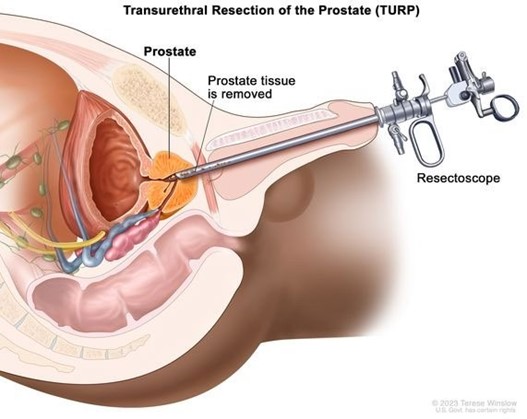A nurse is caring for a client who is participating in a therapy session for anger management. The client states that their recent behavior is due to the loss of their job. The nurse should identify that the client is using which of the following defense mechanisms?
Projection
Rationalization
Repression
Sublimation
The Correct Answer is B
b. Rationalization
Explanation:
The correct answer is b. Rationalization.
Rationalization is a defense mechanism characterized by the individual's atempt to justify or explain their behavior or actions in a way that makes it more acceptable to themselves or others. It involves providing logical-sounding reasons or excuses to mask or minimize the real underlying reasons for their behavior.
In this scenario, the client is atributing their recent behavior to the loss of their job, using it as a justification or explanation for their actions. By blaming the job loss, they are rationalizing their behavior as a direct result of the circumstances they faced.
Option a, Projection, involves atributing one's own unacceptable thoughts, feelings, or behaviors to others.
This defense mechanism does not apply to the client's statement about their job loss.
Option c, Repression, involves the unconscious blocking of unwanted thoughts or feelings. It does not relate to the client's behavior or their explanation for it.
Option d, Sublimation, is a defense mechanism where an individual channels or redirects unacceptable impulses or emotions into socially acceptable behaviors or activities. It is not applicable in this context since the client is not expressing their emotions or impulses through alternative constructive means.
By identifying the client's explanation as rationalization, the nurse recognizes the defense mechanism being used and gains insight into how the client is coping with their emotions and justifying their behavior in response to the job loss. This understanding can guide the nurse in providing appropriate support and interventions to help the client manage their anger more effectively.
Nursing Test Bank
Naxlex Comprehensive Predictor Exams
Related Questions
Correct Answer is A
No explanation
Correct Answer is ["A","B","C"]
Explanation
The correct answers are a. Document urine color, b. Monitor the client for reports of bladder spasms, and
c. Check the drainage tubing for obstructions.
a. Documenting urine color is important to monitor for any changes that may indicate complications or issues with the bladder irrigation. It helps identify any bleeding or clot formation.
b. Monitoring the client for reports of bladder spasms is crucial as bladder spasms can indicate irritation or obstruction in the urinary system. Prompt intervention can be provided to alleviate discomfort and prevent complications.
c. Checking the drainage tubing for obstructions is essential to ensure proper flow of the bladder irrigation solution. Obstructions in the tubing can lead to inadequate irrigation, which can affect the effectiveness of the procedure and potentially lead to complications.
d. Maintaining the client in a left side-lying position is not specifically indicated for continuous bladder irrigation after a transurethral resection of the prostate. The client's position should be based on their comfort and overall condition, and there is no specific requirement for a left side-lying position in this context.
e. Using clean technique for intermitent irrigation is not appropriate for continuous bladder irrigation. Continuous bladder irrigation requires aseptic technique to reduce the risk of infection and contamination.
By performing these actions, the nurse ensures proper monitoring, documentation, and maintenance of the bladder irrigation system, promoting the client's safety and well-being.

Whether you are a student looking to ace your exams or a practicing nurse seeking to enhance your expertise , our nursing education contents will empower you with the confidence and competence to make a difference in the lives of patients and become a respected leader in the healthcare field.
Visit Naxlex, invest in your future and unlock endless possibilities with our unparalleled nursing education contents today
Report Wrong Answer on the Current Question
Do you disagree with the answer? If yes, what is your expected answer? Explain.
Kindly be descriptive with the issue you are facing.
